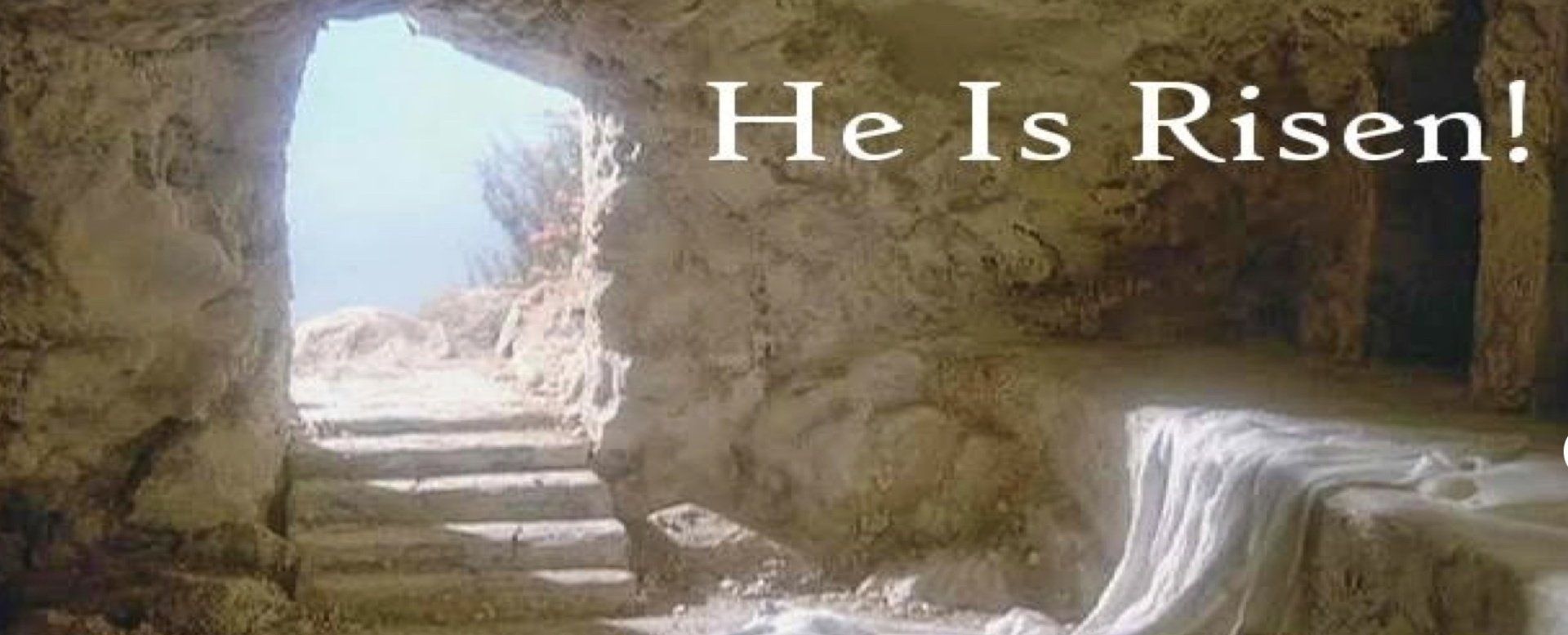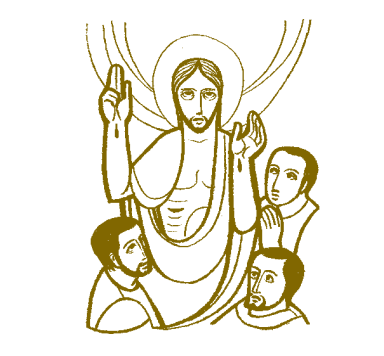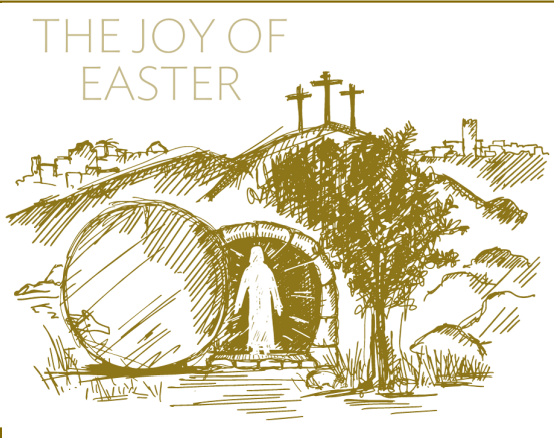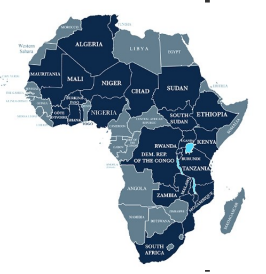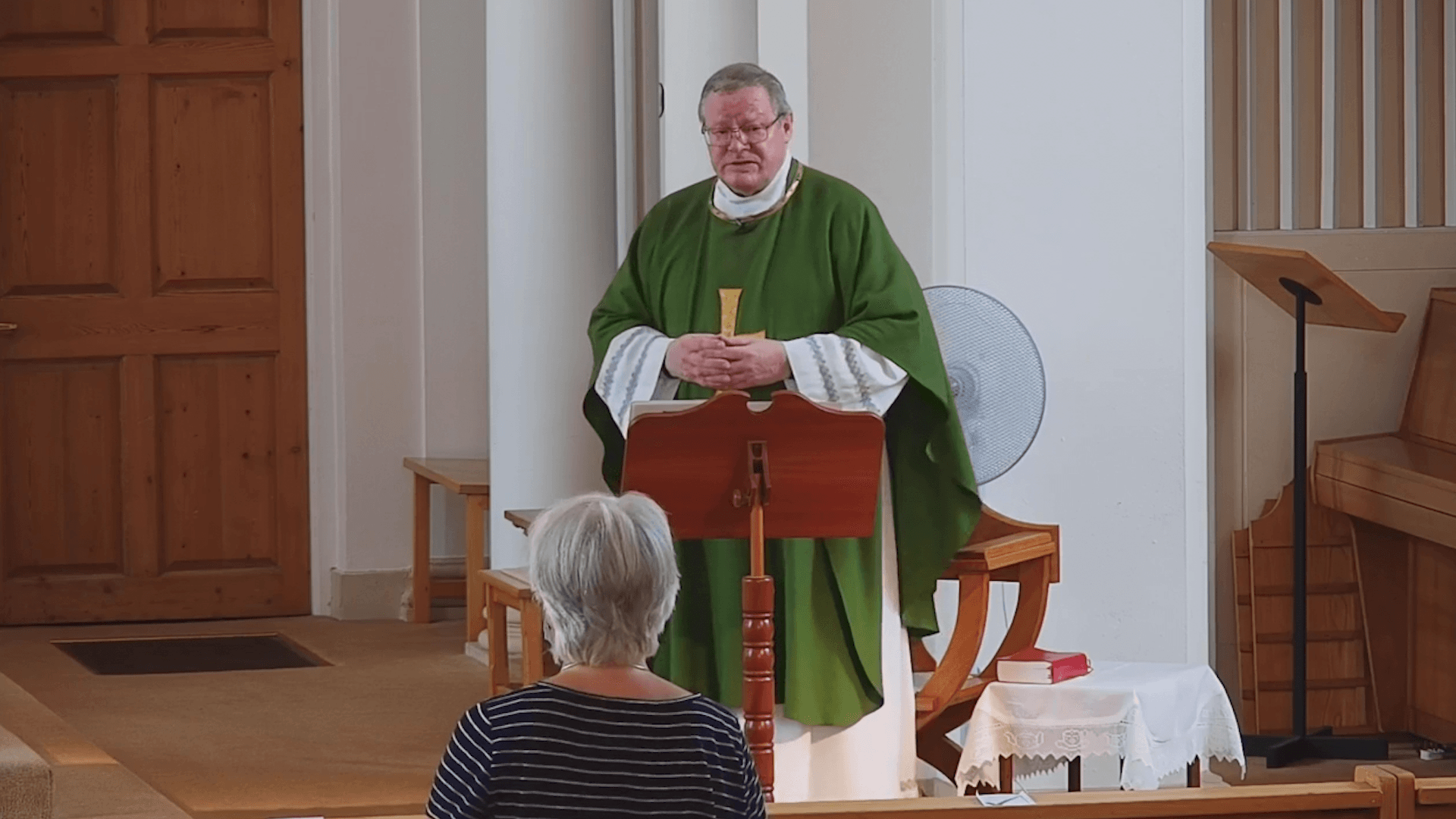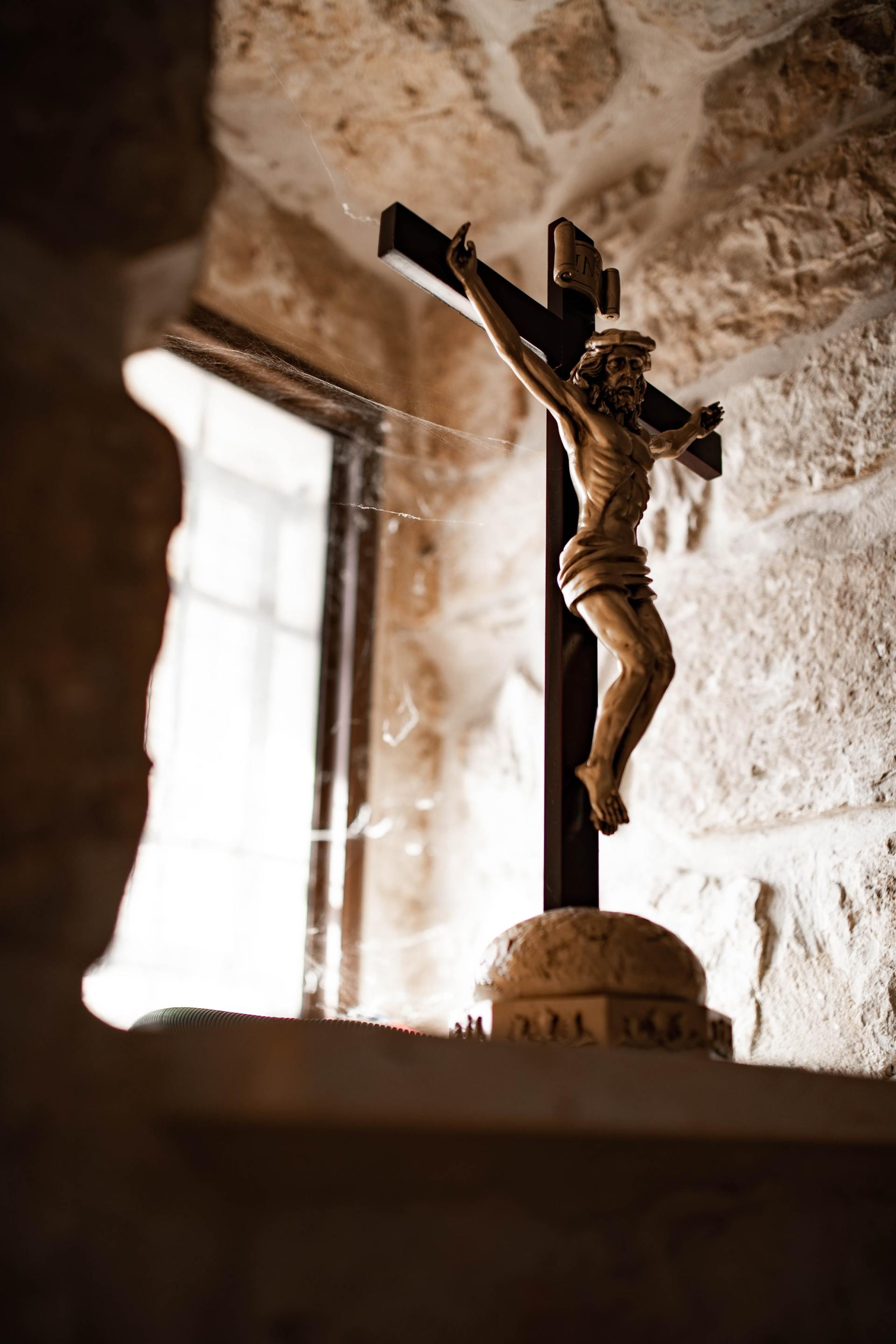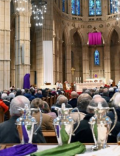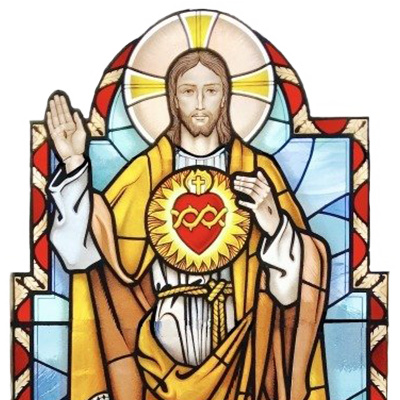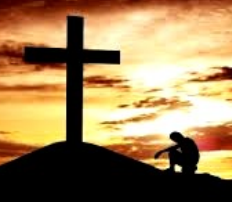He is Risen
How does one extract hope from tragedy? How is one able to move on from trauma and find the strength and courage to keep living? In John’s account of the discovery of the empty tomb on what we have come to know as Easter morning, Mary Magdalene, planning to prepare the body of Jesus for burial, discovers an empty tomb. Beyond simply shock and surprise, this experience was trauma on top of trauma.
James Cone in his book The Cross and the Lynching Tree equates crucifixion with the lynching of Black bodies, most prolific post- slavery and through the Jim Crow era. Much like the crucifixion of Jesus, the lynching of Black men and women were public spectacles, a traumatic event for members of the Black community, especially for members of the victim’s family. Lynchings, like crucifixions by the Roman Empire, were intended as a deterrent, a public warning and display of oppressive, institutional power.
In May 2020, the world witnessed what was essentially a public lynching when George Floyd was murdered by a police officer who placed his knee on Floyd’s neck for nine minutes and twenty-nine seconds. The incident was recorded by a young girl of seventeen years for the world to see. This incident occurred during a global pandemic that put a spotlight on various failings in American society and highlighted what many called the pandemic within the pandemic racism. The murder (or public lynching) of George Floyd occurred not long after other incidents of the murder of Black bodies. In early May 2020, the country became aware of the vigilante death of Ahmaud Arbery, followed by an announcement of the police killing of Breonna Taylor a few weeks later, followed by the weaponising of the police in New York City’s Central Park as a white woman threatened an innocent Black man and then finally, on the same day, the death of George Floyd. Especially for the Black community, this was trauma after trauma. One hadn’t fully processed one murder before another had taken place. For Mary, who was present at the crucifixion (Jn. 19:25), to arrive at the tomb two days later and find the body of Jesus missing must have been more than a surprise or shock. It was traumatic trauma added to trauma. John (11:20) tells us that Mary stood outside the tomb weeping. To witness the public execution of your Lord and Saviour, then days later go for closure through the ritual tending of the body only to find the body missing, is nothing short of traumatic.
Yet, it is in the midst of great tragedy that God’s power is revealed. It is through God’s grace that we are able to experience hope in the midst of tragedy and trauma. From the public lynching of George Floyd we saw people across racial lines come together in protest. In fact, Floyd’s murder sparked a world-wide movement for justice and a recognition that Black people are disproportionately affected by police brutality. The resurrection of Jesus not only represents hope in the midst of tragedy but also the transformation of physical and spiritual death to life. It is the special gift of God to do a good work in the midst of the valley. It is the promise of God to “comfort all who mourn,” to offer “a diadem instead of ashes,” “oil of gladness instead of mourning,” and “a glorious mantle instead of a faint spirit” (Isiah 61:2-3).
